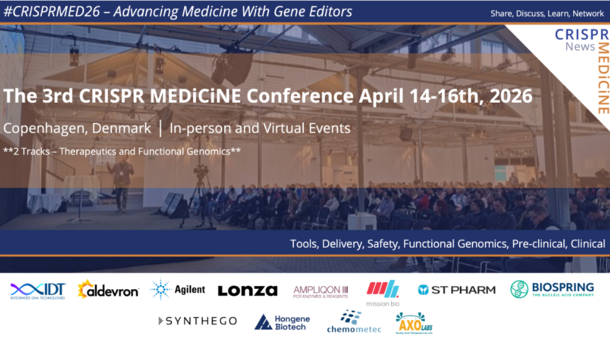Sickle cell disease is a group of disorders that affects haemoglobin, the molecule in red blood cells that delivers oxygen to cells throughout the body. People with this disorder have atypical haemoglobin molecules called haemoglobin S, which can distort red blood cells into a sickle or crescent shape.
The production of haemoglobin A, which is the principle type of haemoglobin in humans, is governed by 3 genes: HBA1, HBA2, and HBB. Each haemoglobin A molecule consists of two alpha and two beta chains, and mutations in either of the HBA or the HBB genes may result in abnormal haemoglobin molecules with reduced or diminshed function. Sickle cell diseaase arises from a single point mutation in the 6th codon of the beta-globin gene (HBB), which results in a valine instead of a glutamic acid in the haemoglobin beta-chain.
Abnormal haemoglobin ultimately leads to anaemia as well as other symptoms, depending on the exact mutations present. Diseases caused by defective haemoglobin fall into a larger category of diseases known as the "haemoglobinopathies" which also include the thalassemias, a related group of diseases that are characterised by reduced or deficient rather than abnormal haemoglobin.
